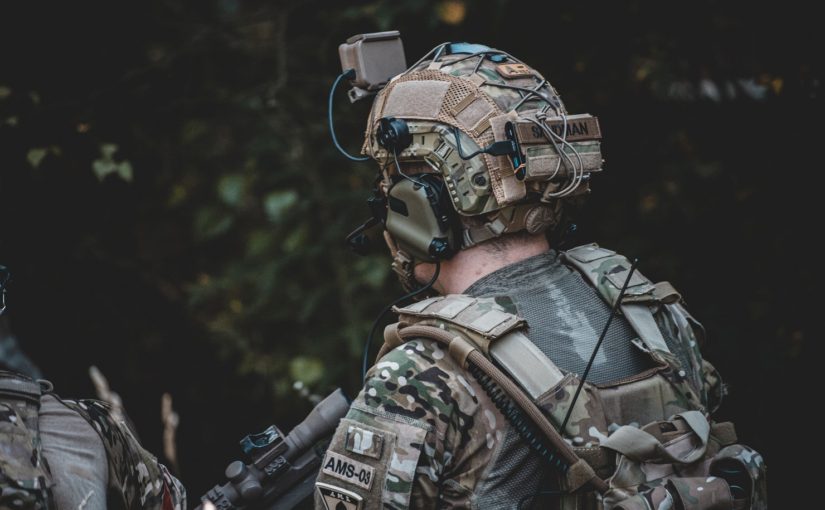The world is becoming more unpredictable, and the need for combat-ready body armor has never been more critical. Rifle-rated body armor has become the go-to choice for combat forces, law enforcement, and security personnel. These body armor plates have been proven to stop high-powered ammo rounds, providing peace of mind to those wearing them. The job of protecting the public or defending a country is a risky business, so it’s essential to understand the importance of rifle-rated body armor.
What Is Rifle-Rated Body Armor?
Rifle-rated body armor is a plate carrier system designed to protect the wearer from high-powered bullets, which can be fatal without adequate protection. Rifle-rated plates made of materials like ceramic, steel, or polyethylene, ideally work with a plate carrier or tactical vest for optimal coverage. The plates must meet the National Institute of Justice (NIJ) standards for Ballistic Resistance of Body Armor. The design and material of the plates must pass the NIJ testing protocols to be classified as rifle-rated body armor.
Why Is Rifle-Rated Body Armor Important?
Rifle-rated body armor is essential in high-risk situations such as firefights, crowd control situations, and active shooter incidents where high-powered weaponry is a significant threat. The increased thickness and weight of rifle-rated body armor may limit mobility, but the added protection justifies the tradeoff. Military personnel, law enforcement officers, and security personnel wear it as a precaution to reduce the risk of harm on the job.
How to Choose the Correct Rifle-Rated Body Armor
Choosing the right rifle-rated body armor is a must for anyone in a dangerous line of work. There are many factors to consider when selecting the best combination of plates and plate carriers. The type of plates you choose depends on your activities and the threats you face. Ceramic plates are lighter, but steel plates offer better multi-hit protection. Other factors to consider when choosing a plate carrier include size, weight, and comfort. Always consult a professional and test your gear before committing to any purchased system.
How To Maintain Your Rifle-Rated Body Armor
Rifle-rated body armor requires maintenance and adequate care to ensure effective protection. Failing to maintain your gear can result in damage or degradation. The first step is to avoid storing your gear in high-temperature areas. High temperatures can cause the plates to warp, distort, or become brittle. As much as possible, avoid exposing your body armor to moisture, which can degrade the ballistic performance. If any issue occurs with your body armor, take it to an equipment specialist for proper repair or replacement.
Rifle-rated body armor provides peace of mind for those who wear it. In dangerous situations, every precaution must be taken to reduce the risk of harm. As technology continues to advance, so do the design and materials of body armor. Choosing the right body armor is a crucial decision that can mean the difference between life and death. Remember to always consult with professionals when selecting body armor and maintain it correctly to ensure the best performance. With the right equipment, you can feel secure and confident while performing your duties in the field.
For more great articles, please click here.
